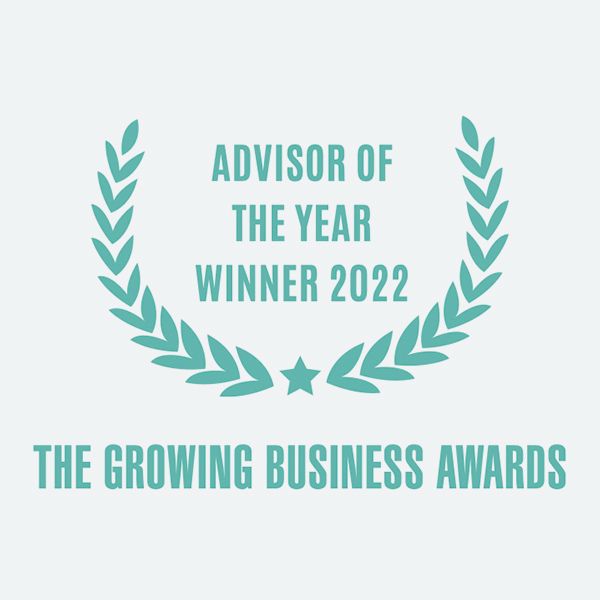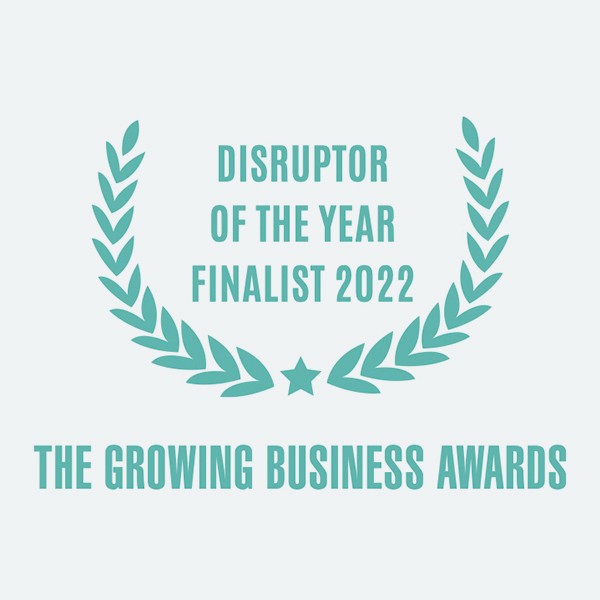

Planning Your Start-up Development Roadmap: Unlock Your Next Funding Round
17th August 2023
As a founder or entrepreneur, planning your start-up’s development roadmap is crucial for success, but it’s equally important to align it with strategic investment milestones.
The oversight of a long-term vision and the lack of planning development activities around the integration of funding rounds can leave you facing the risk of running out of funds before achieving the milestones necessary for the next round of funding.
To avoid this common pitfall, we recommend breaking your roadmap into strategically staged phases that consider the milestones you need to achieve for unlocking your next round of funding.
Related: How to Convince Investors (And Yourself) Of Your Funding Worthiness
Understanding the challenge: Funding limbo

Start-ups often encounter a significant challenge on their growth journey – the dreaded funding limbo. You might have received initial investment, built your product, and gained some traction, but reaching the next stage requires a substantial financial boost. This is where the lack of proper planning can hurt your chances.
Imagine you’ve spent your initial investment, but your start-up hasn’t achieved enough key milestones to attract the interest of potential investors for the next funding round. You find yourself at a crossroads with two options: either asking your existing investors for more cash to reach the milestones, or facing the difficult decision of closing down the business.
The Strategic Solution: Development roadmap in line with funding milestones
By crafting a well-thought-out development roadmap with strategically planned milestones, you can align your progress with the expectations of potential investors.
Let’s explore five essential tips to help you create a successful development roadmap that sets you on the path to unlocking your next funding round:
1. Identify key metrics and milestones
To attract investors, focus on metrics and milestones that demonstrate your start-up’s growth potential. While adding “nice to have” product features might be appealing to customers, investors want concrete evidence of your market viability and scalability.
Identify key performance indicators (KPIs) that align with your business model and industry. For instance, if you’re running an e-commerce platform, metrics like customer acquisition cost, customer lifetime value, and conversion rates could be crucial.
If you’re developing a mobile app, instead of focusing your development roadmap on user interface design, focus on achieving a target metrics such as daily active users, retention rates, and user engagement levels.
Investors in your current round are more likely to back you if you can show you are using the funding to achieve the metrics required to unlock your next round, as it de-risks their own investment.
2. Prioritise fundable milestones
As you draft your roadmap, consider the milestones that are most likely to attract funding.
These fundable milestones are the stepping stones to your start-up’s success and act as gateways to the next funding round. Make sure they align with your business’s scalability and are realistic yet ambitious.
For example, if you’re raising your pre-seed round, your objectives for the funding should be to achieve the key milestones needed to unlock your seed round. This will include building a version of the product early adopters can use, but also proving that you can sign-up customers and generate revenues.
If you’re raising your Seed round, you’re objectives for the funding should focus on the things investors need to see from you to invest at Series A – thinks like achieving £80k per month in revenue (£1m ARR), signs of a repeatable marketing and sales process, a clear understanding of unit economics, a strong team, and the beginnings of a transition away from founder-led sales.
3. Balance short-term wins with long-term vision
While it’s essential to focus on achieving short-term milestones for investor confidence, don’t lose sight of your long-term vision. Your development roadmap should strike a balance between immediate progress and the overall trajectory of your start-up.
For example, if your long-term vision could involve expanding into international markets, launching new products, targeting new verticals or making some strategic acquisitions. This approach shows investors that you have a clear plan for the future. It’s important to pace these growth activities out strategically and not suggest these things can all happen in the short or medium term.
4. Show a focus, but be open to flexibility
The start-up journey is full of uncertainties, and unforeseen challenges may arise. Your development roadmap should show a clear direction of travel in order to build trust in your ability to realise your vision.
But it is also important to remain agile and adaptable and show a willingness to accommodate market changes. Adding a market and risk analysis to your business plan will allow you to identify market forces outside of your control and suggest changes to your approach that will overcome or mitigate the risks.
This not only showcases the adaptability desired by investors, but also builds trust and credibility.
5. Communicate your roadmap to investors
Once you have a well-crafted development roadmap, don’t keep it hidden. Communicate it clearly and effectively to potential investors. Share your vision, milestones, and key metrics that highlight your progress. Transparency is crucial in building trust with investors and showcasing your start-up’s potential.
When approaching investors, provide them with a well-designed presentation that visually represents your roadmap. Use charts, graphs, and visuals to present data that supports your growth projections. Clearly articulate how each milestone brings you closer to the next funding round.
May founders focus only on the development of their product, show you are a safe pair of hands by talking about your key marketing and operational milestones alongside your product development in your roadmap.
Finally, clearly communicate your short-term plans – your roadmap for how you are spending this round of investment, and couple that with your longer term plans to show how you plan to continue the development of your business over the medium to long term.
Final thought
Planning your start-up’s development roadmap alongside strategic investment milestones is essential for securing funding and achieving long-term success.
By identifying key metrics, prioritising fundable milestones, balancing short-term wins with long-term vision, showing flexibility, and effectively communicating your plans to investors, you can navigate the funding journey with confidence.
At Robot Mascot, we believe that a well-crafted development roadmap can be the key to unlocking your start-up’s next funding round and propelling your business towards its full potential.
If you would like to learn more about raising investment, grab your free copy of our best-selling book, Investable Entrepreneur. You can get a free copy here.
UP NEXT:
Crowdfunding: The Complete Beginner’s Guide
Startup Fundraising | How Does Crowdfunding Work?
Fundraising Campaign: Do the Six Principles of the Perfect Pitch Really Work?
Keep up to date with what we’re up to via email






Copyright ©Robot Mascot Ltd. All rights reserved.







